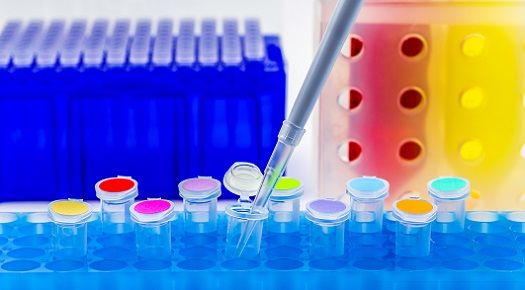Video
Jonathan Spergel, MD, PhD: The Takeaways from AAAAI/WAO 18
Jonathan Spergel, MD, PhD, a professor of pediatrics at the Children’s Hospital of Philadelphia, sat down with MD Magazine to discuss the overall goal of the AAAAI/WAO 2018 Joint Congress, the biggest and his favorite themes at the conference. He also discussed his biggest clinical takeaways from the meeting and his favorite speaker.
Jonathan Spergel, MD, PhD:
The focus for the most recent meeting down in Orlando, for the American Academy of Allergy Asthma & Immunology, was the role of the environment, sort of a history of asthma, and really, sort of the microbiome involvement in the environmental factors that really sort of lead to asthma, or potentially make asthma worse.
My favorite sessions at the last meeting were, I would say, 3 big ones. One was a full-day course, it was a full-day seminar on eosinophilic esophagitis. It was sort of the common highlights of the meeting and what was changing in the field. There are some changing names, definitions, which to me was very interesting. A second big theme was the presidential symposium, which was on the environmental risk factors of asthma, and the third big thing was on the atopic march, which is sort of what predisposes to asthma.
The most valuable thing that I got from these meetings to me personally—and I'm going to talk about this and from 2 perspectives, 1 is from a clinical perspective, and the other is sort of a basic-science-research perspective. From the clinical perspective, is really in the area of 2 things. One was atopic dermatitis—there's a whole new birth of biologics in the field and this is sort of 1 of the big highlights that are advancing the field, all these biologics and atopic dermatitis in asthma. So that was one big area to me, trying to look at their clinical effectiveness.
Then the second one, from the basic science perspective, is this whole idea of the microbiome, where does the microbiome play, and the weird elements that exist. When we think of microbiome, the idea is really advanced a lot. Originally, when we talked about the microbiome, we thought about it as purely as just classifying and saying, “hey we have this bacteria here, this bacteria here, this bacteria on the elbow, this bacteria on the skin, this bacteria in someone who's sick.” And we're realizing it's a lot more complex than that. It's not only which bacteria, it's the diversity of the bacteria. It's not only bacteria—now we think of other microorganisms and there are viruses and fungi, and they’re all interacting. The diversity plays such a key role in this and it changes over time.
This is sort of thing that I really, from a true science, from a basic science perspective—it’s not really ready to come out for clinical science, but it's really changing of some of our fundamental knowledge on how disease occurs.
For every individual present at the meeting, there's going to be some individual speaker that's going to resonate with them and has this particular thing that creates a light bulb that goes off in their head, and that really depends, I think, on the individual. For me, for instance, Dr. Thomas Platts-Mills, really creates an interesting way of looking at things, but I can’t really say—it depends on the individual. What they're interested in, and how that message resonates with that individual. But one of my favorite speakers is always Dr. Platts-Mills.




